babbupandey
TPF Noob!
- Joined
- Feb 26, 2010
- Messages
- 14
- Reaction score
- 0
- Location
- Florida
- Can others edit my Photos
- Photos OK to edit
Hey guys,
When I work on shutter priority to freeze some action, the aperture gets wide open. This is dof is very low - but I see some beautiful pictures which preserve dof and also capture motion well.
How is that done?
Thanks for all your help.
When I work on shutter priority to freeze some action, the aperture gets wide open. This is dof is very low - but I see some beautiful pictures which preserve dof and also capture motion well.
How is that done?
Thanks for all your help.


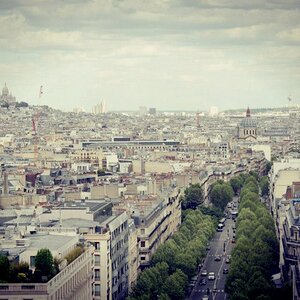
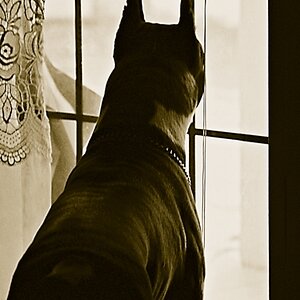
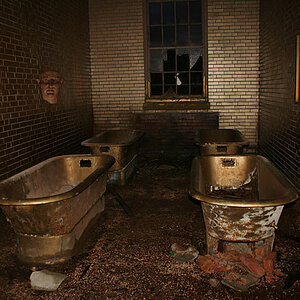
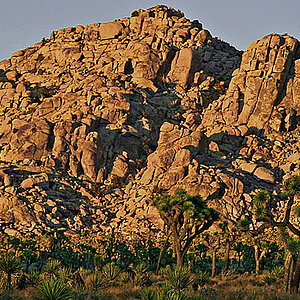
![[No title]](/data/xfmg/thumbnail/38/38262-10a9668da9a2b36a92cddde57caf87bc.jpg?1619738547)
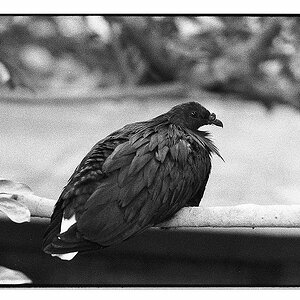
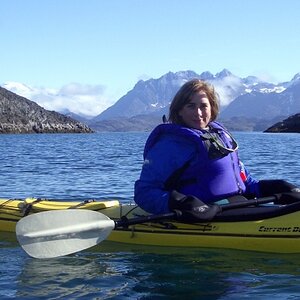
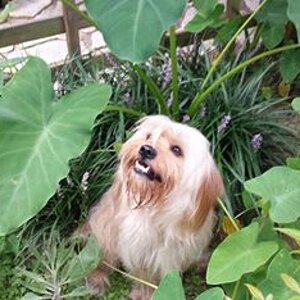
![[No title]](/data/xfmg/thumbnail/38/38263-ad5e4c9e677626ddb5b1e7cdf9ebe40e.jpg?1619738548)